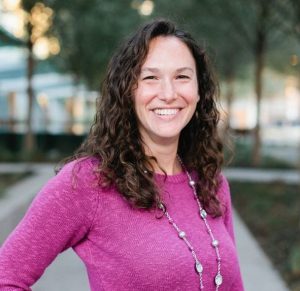
How do universities predict which students will enroll? And how do they determine what actions recruitment officers should take to entice students to pick their university?
These were two of the key questions tackled by Lisa Moore, Data Scientist at University of Oklahoma, during her presentation at The Texas Association for Institutional Research (TAIR) conference.
Universities are competing to entice the best and the brightest students. But because of increasingly restrictive budgets, recruitment officers must focus their limited resources on the students who are most likely to enroll.
While intuition and instinct have been sufficient in previous years, Moore explained that predictive modeling offers a better way. It's a robust analytical approach that identifies the students with a high likelihood of enrollment. By narrowing the focus to this smaller list of students, recruitment officers can pursue better prepared students -- and use fewer resources to do it.Moore used SAS Enterprise Miner and the previous two years' admission data to create separate models based on residency. She created four different predictive models for each group using these techniques: decision trees, logistic regression, forward stepwise regression and backward stepwise regression. The project was completed in five weeks and the models achieved 89-92% accuracy.
So, what did she discover after all this? Some surprising facts: She found that better prepared residents are not more likely to enroll and that large scholarship amounts are not significant. She also learned that providing decision trees to recruitment officers is a wonderful visual aid to help them to determine the most appropriate actions. In fact, the Director of Recruitment told her, “I did what you said, and BAM! These kids enrolled....it was kind of creepy.”
“I did what you said, and BAM! These kids enrolled....it was kind of creepy.” #studentrecruitment #datamodeling Click To TweetInstead of using intuition and gut instinct, the University of Oklahoma is making data-informed decisions. In fact, by using predictive analytics, the University had its largest and most academically prepared student body ever. It had more National Merit students than any other public or private university.
Impressive results! And now Moore is looking at other areas such as selectivity, retention, and student satisfaction.
To learn more about analytics for recruitment, retention, and more, check out this white paper: Analytics across the Student Lifecycle.
